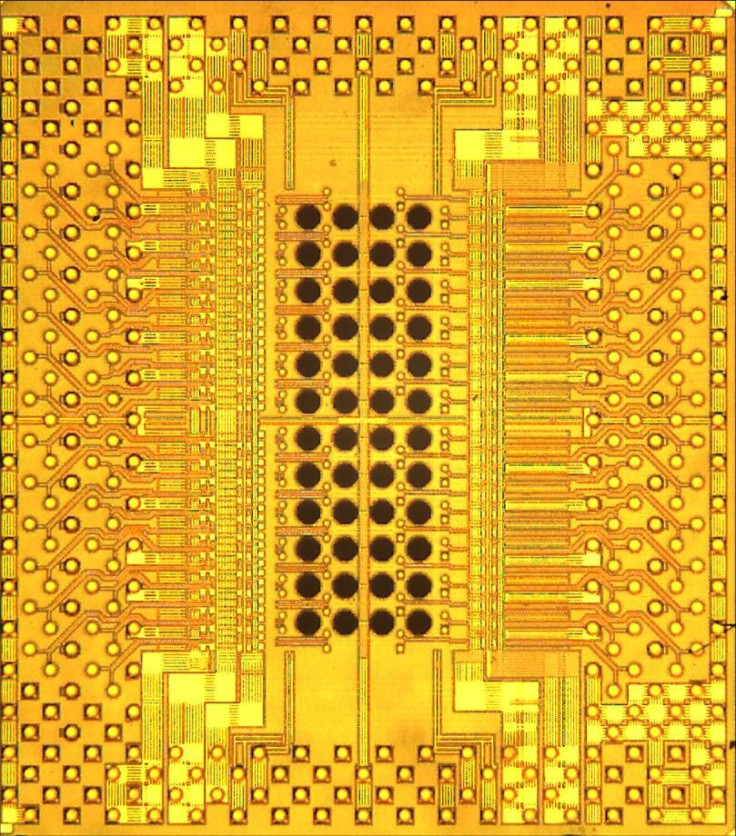IBM Breakthrough: Trillion-Bit Chip Moves Light Faster

Scientists at International Business Machines Corp. (NYSE: IBM) have developed an optical chip that can transmit as much as a terabit, or a trillion bits, of data per second using commercially available products. The breakthrough could revolutionize data centers and the Internet.
Using commercially available 90-nanometer chips, which have been around for years, as well as conventional fiber optic cables, the researchers found they could move the data while consuming only 5 watts of power. Conventional light bulbs consume 20 watts.
We think this can be commercialized in a year or two, said IBM chemical physicist Fuad E. Doany. It could be a major breakthrough for data centers.
The reason is that moving a terabit of data over a cheap optical chip would enable data centers to more quickly communicate with servers performing computation, he said. For now, IBM opto-electronics researchers at their lab in Yorktown Heights, N.Y., found the data could move without degradation for only about 300 meters, or 984.25 feet, sufficient for a data center.
In time, though, moving a terabit of data could be extended to the Internet, linking data centers together, or communicating masses of data, like books and videos, over enhanced networks.
For now, Doany said, the optical chip moves data so fast that the Web archive of the Library of Congress could be transmitted in 60 minutes.
Breakthrough: Drilling Holes
The breakthrough came earlier this year when Doany's team decided to drill holes into an optical chip to create 24 channels to receive data and 24 channels to transmit data. The technique is dubbed Holey because of the holes.
The team drilled the holes in a standard CMOS (complementary metallic oxide silicon) chip, but with a quarter-millimeter pitch to match exactly what's required to communicate through conventional fiber optics.
They created an optical via, or connection, so that each was able to move 20 gigabits of data a second. Because there were so many holes in the chip, it became a transceiver capable of transmitting a terabit of data.
There was nothing exotic about this process, Doany explained. We built a very dense, very compact optical channel.
Doany and other colleagues discussed the new chip Thursday at the Optical Fiber Communications Conference in Los Angeles.
IBM probably won't manufacture the transceivers, although its IBM Microelectronics unit is one of the world's biggest and most advanced chipmakers, Doany said. Instead, it probably will license the technology to manufacturers for royalties.
IBM was the No. 1 recipient of U.S. patents last year. It was awarded 6,130 patents, more than triple the number awarded the No. 2 recipient, Microsoft.
IBM reported spending $6.26 billion, or nearly 6 percent of overall revenue, on research and development last year. New CEO Virginia Rometty has said that amount won't be trimmed this year.
Shares of IBM rose 81 cents to $200,62 Friday, having gained 9 percent already in 2012. It was IBM's second close above $200 this week, their highest level since IBM went public in 1916. They set an all-time high of $201.19 on Monday.
© Copyright IBTimes 2024. All rights reserved.






















